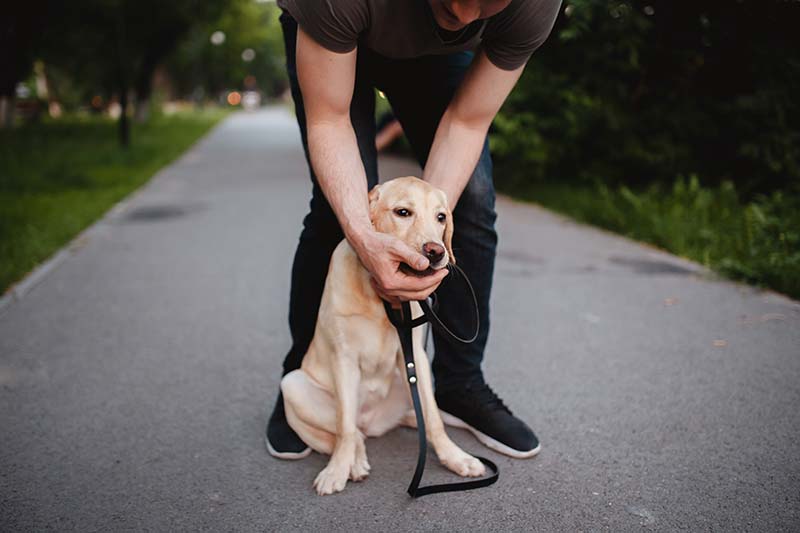If your dog ate a rubber band, it’s important to keep an eye on them and monitor their behavior. In most cases, the rubber band will eventually pass through their system with no issues. However, there is a chance that it could cause an obstruction in their digestive tract. If this happens, your dog may start vomiting or showing signs of distress. If you notice any of these symptoms, it’s important to bring them to the vet immediately. In most cases, the vet will be able to safely remove the obstruction and provide your dog with the necessary treatment. However, if left untreated, an obstruction can cause serious health problems or even death.

Will dogs poop out rubber?
It turns out that dogs eating rubber is not as uncommon as you might think. Dogs are curious creatures, and they often explore the world with their mouths. This means that they’re likely to put all sorts of strange things in their mouths, including rubber toys. In most cases, the rubber will simply pass through the dog’s digestive system without any problems. However, in some cases, the rubber can cause an obstruction in the intestines. This can be life-threatening, so if you notice your dog chewing on rubber toys, it’s best to take them away and supervise them closely.
Rubber is made up of long, chain-like molecules that are too large to be broken down by stomach acids and digestive enzymes. As a result, any rubber that a dog ingests will pass through the digestive system unchanged. So, while your dog may enjoy chewing on your old tennis shoes, you don’t have to worry about him pooping out rubbery tidbits later on.

What happens if a dog eats a rubber toy?
If your dog has eaten a rubber toy, there is no need to panic. While it is not advisable to let your dog chew on rubber toys, the occasional ingestion is not likely to cause any serious harm. In most cases, the rubber will simply pass through the digestive system without causing any problems. However, there is a small risk that the rubber could cause an intestinal blockage. If you notice your dog vomiting or having difficulty passing stool, it is important to contact your veterinarian for advice. In general, however, eating a rubber toy is not likely to be harmful to your dog.

How long does it take for a dog to pass a rubber toy?
If you’re wondering how long it will take your dog to pass a rubber toy, the answer may surprise you. While chickens and other animals can pass rubber toys in as little as 24 hours, dogs typically take a bit longer. In most cases, it takes a dog between two and three days to pass a rubber toy. This is because rubber is not as easily digested as other materials, such as chicken wire or cardboard. As a result, it can take a bit longer for the dog’s digestive system to break down the toy. However, if you’re concerned about your dog’s health, it’s always best to consult with a veterinarian. They will be able to give you more specific advice based on your dog’s individual health and diet.

How can I tell if my dog has a blockage?
When a blockage forms in your dog’s intestines, it can be a life-threatening condition. Unfortunately, blockages are often difficult to detect until they become severe. The most common symptom of a blockage is vomiting, but other signs may include loss of appetite, lethargy, and abdominal pain. If you notice any of these symptoms in your dog, it is important to take them to the vet as soon as possible. With prompt treatment, most dogs make a full recovery from a blockage. However, if the blockage is not treated quickly enough, it can cause serious damage to the intestines and even death. If you suspect that your dog has a blockage, don’t hesitate to have them checked out by a professional. It could save their life.
According to the American Society for the Prevention of Cruelty to Animals, approximately 10% of all dogs will suffer from some form of gastrointestinal blockage during their lifetime. While this condition can often be treated with medication, surgery may be necessary in some cases. The most common type of surgery for a gastrointestinal blockage is a gastrotomy, which involves making an incision in the stomach. This allows the surgeon to remove any foreign objects or abnormal growths that are causing the blockage. In some cases, a gastrostomy may also be used to help relieve pressure on the stomach caused by excess fluid. While any type of surgery carries some risks, a gastrotomy is generally considered to be a safe and effective way to treat a gastrointestinal blockage in dogs.
